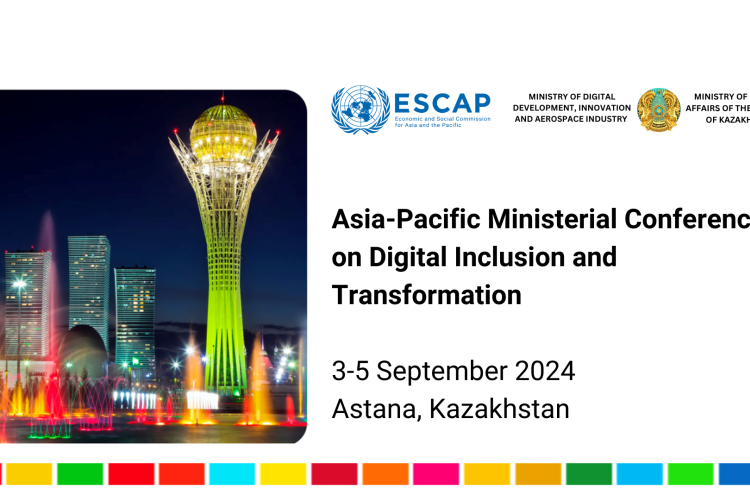Reconnecting the Bay of Bengal through the Asia-Pacific Information Superhighway
The Bay of Bengal used to be the center of world trade and it will be again now that a key piece, Myanmar, has come in from the cold.
Delivering the keynote address at the Asia-Pacific Network Information Centre (APNIC)’s 42nd annual conference in Colombo, Sri Lanka, Rohan Samarajiva, chair of LIRNEAsia, spoke of the Bay of Bengal as a region with a population of 1.3 billion people and combined GDP of $4.8 trillion.
Today, the Bay of Bengal is a very quiet place when it comes to cable networks. There are two countries which are connected only by one cable - Bangladesh by SeaMeWe4 and Myanmar by SeaMeWe3, a very old cable going back to the 90’s.
Historically that was not the case. Since the the year 275 AD there was much interaction between what is modern day India with modern day Cambodia and China, both physical and of information - that of traveling monks and scholars. That trade continued to grow until everything stopped after the second world war.
The natural lines of communication were broken when Myanmar was taken out of the picture. Now that Myanmar has rejoined the world connectivity is rapidly expanding.
Already oil and gas pipelines criss cross the paths where the ancient trading routes once were.
Rohan Samarajiva called for development of mesh networks for redundancy with a combination of terrestrial and submarine cables as we cannot be held hostage by natural calamities; we cannot risk the infrastructure on which our services economy rests.
Two exciting new networks are SeaMeWe5 and AAE1. SeaMeWe5 in particular will link Colombo directly on the main trunk rather than on a spur, saving precious milliseconds.
Four of the fastest growing economies in the world in 2015 are around the Bay of Bengal. If we are to add Laos and Cambodia, countries one step removed from the Bay, that would be six out of ten. The future of the world economy is here.
SeaMeWe5 has China Mobile as a co-owner - which is confusing until you realize that China has already dropped fiber from Kunming to meet it in Myanmar which, he joked, is becoming known as the West coast of China.
Samarajiva spoke of the ESCAP project and how the Asia-Pacific Information Superhighway is now the highest priority project of the ICT Committee of the UNESCAP. But in order to make it happen this will mean more undersea cables, more terrestrial cables and more open access. Cable stations and access to cable stations must be liberalized and more cable stations must be allowed to be built. Open access is needed along the cable of the Asian highway and the trans-Asian railway.
There are countries with ample international connectivity but where end user access is still expensive due to government monopolies. These need to be broken down.
Responding to a question from Afghanistan, Samarajiva noted that the country had invested so much fiber - North-South, East-West and a Circle, but none of it was lit due to the fear of connectivity being put at risk due from the instability. However, if everyone really understood a mesh network, that would not be a problem.
Written by Don Sambandaraksa of TelecomAsia





